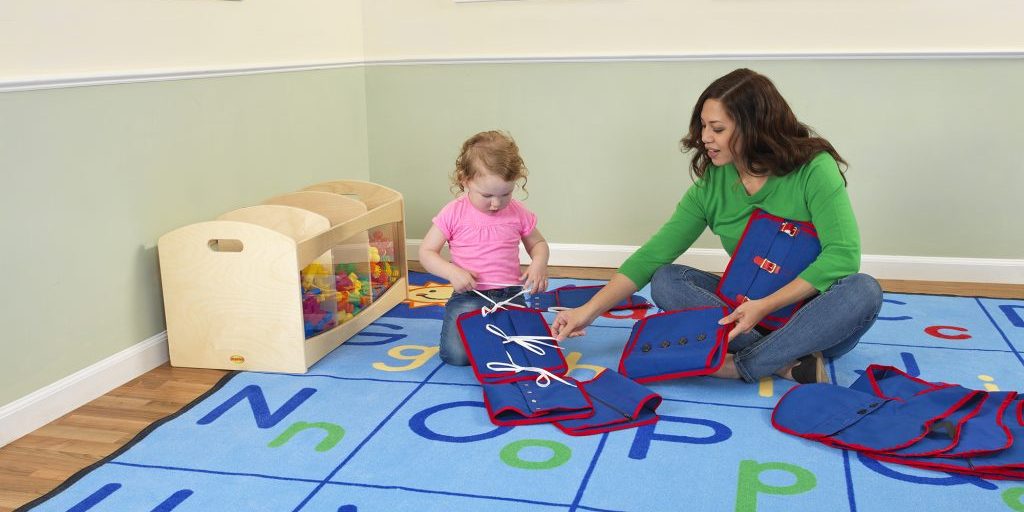
Can You Walk a Mile in My Velcro® Shoes
In 1968, Velcro® replaced shoelaces for the first time. Athletic shoe manufacturer, Puma, introduced the world’s first sneakers fastened with hook and loop instead of shoelaces. It started a revolution in footwear for children. Society is still reaping the consequences of this trend in 2022.
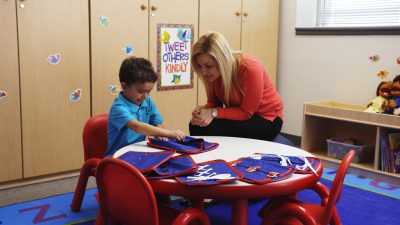 It all started with a Swiss engineer named Georges de Mestral. In 1941, de Mestral went for a walk in the woods with his dog. He wondered if the burrs that clung to his trousers and the dog could be transformed from a nuisance found in nature to something useful. After 8 years of research, he successfully reproduced the natural attachment with two strips of fabric: one with thousands of micro-sized hooks and another with thousands of micro-sized loops. Formally patented Velcro® in 1955, de Mestral came up with the name by combining the words “velvet” and “crochet”.
It all started with a Swiss engineer named Georges de Mestral. In 1941, de Mestral went for a walk in the woods with his dog. He wondered if the burrs that clung to his trousers and the dog could be transformed from a nuisance found in nature to something useful. After 8 years of research, he successfully reproduced the natural attachment with two strips of fabric: one with thousands of micro-sized hooks and another with thousands of micro-sized loops. Formally patented Velcro® in 1955, de Mestral came up with the name by combining the words “velvet” and “crochet”.
The Benefits Abound
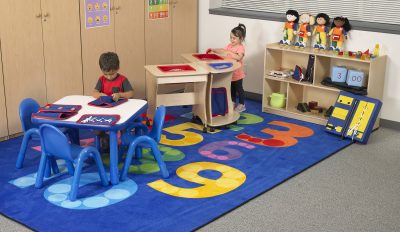 Velcro® has millions of beneficial uses. In the 1960’s NASA began using it to ensure astronauts could secure pens, food packets and equipment they didn’t want to float away in the space capsule. Hospitals use it on blood pressure gauges to make it easy for nurses to strap the band to your arm. Children’s Factory started using hook and loop fasteners in the 1980’s when we launched our first line of soft play equipment and it remains the perfect solution for keeping soft foam shapes from slipping apart during active play sessions.
Velcro® has millions of beneficial uses. In the 1960’s NASA began using it to ensure astronauts could secure pens, food packets and equipment they didn’t want to float away in the space capsule. Hospitals use it on blood pressure gauges to make it easy for nurses to strap the band to your arm. Children’s Factory started using hook and loop fasteners in the 1980’s when we launched our first line of soft play equipment and it remains the perfect solution for keeping soft foam shapes from slipping apart during active play sessions.
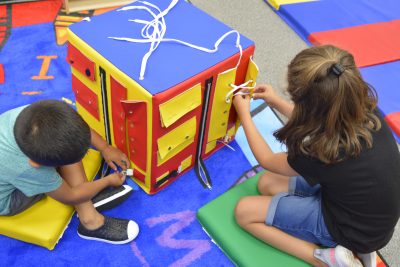
Kids with slip on shoes practice manual dexterity/fine motor skills with our Developmental Play Cube.
With all the beneficial uses of hook and loop, are there any downsides? In 2004, the U.S. Military tried to replace buttons on military uniforms but found the material did not hold up. When soldiers were deployed to places like Afghanistan, where windy and dusty weather abounds, their hook and loop became filled with dust and would not function properly.
Tying Shoelaces Builds Fine Motor Skills
Not all negative consequences to hook and loop are so easy to fix. When Puma replaced shoelaces with hook and loop in 1968, they started a trend in children’s shoes that really blossomed in the 1980’s. The trend has never slowed down since the 1980’s. Parents love how quickly and easily they can get the kids dressed and out the front door. 40 years later, we are finally starting to see why hook and loop on kids’ shoes may not have benefited society long term. In 2013, a study conducted by a UK department store, Littlewoods, indicated school-aged children learn to tie shoelaces closer to age 10. Children in prior generations used to learn this skill between the ages of 6-8 years old.
Simple activities like tying shoelaces help little ones build cognitive and fine motor skills. These skills are required to master all sorts of basic life skills. Holding utensils to eat, grasping pens and pencils to write, brushing one’s teeth, or buttoning a shirt are just a few examples. The list is extensive.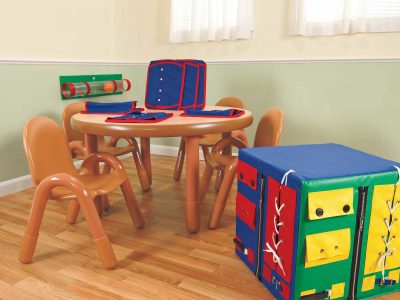
Starting at age 10, many children begin taking sports more seriously and require proper athletic shoes with real shoelaces. When parents opt to purchase slip-on shoes or shoes with hook and loop fasteners, they are unwittingly throwing off their child’s growth and development process. Kids need to practice these skills to master them. Once a child is behind developmentally, catching up to their peers becomes more and more difficult.
Manual Dexterity Solutions
One of Children’s Factory’s goals is to provide children everything necessary to achieve developmental milestones. We designed our Manual Dexterity Boards and Vests and the Developmental Play Cube to bridge the gap in fine motor skills. Hook and loop fasteners cannot be solely blamed for creating this gap. It was just one of the contributing factors. (CF361-310 – Set of 6 Boards, CF361-322 – Set of 4 Vests.)
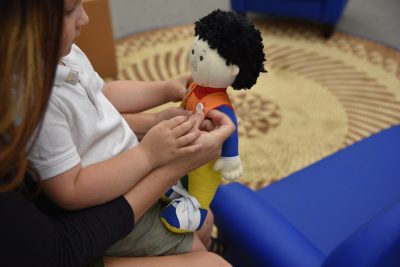 FUNctional play equipment is our strength. (We define FUNctional as fun and functional.) Our dexterity solutions keep kids on track. Caregivers, parents, and teachers can use the products as teaching aids to transform learning life skills into fun exercises. Kids may also be supervised while playing with the products on their own. Either way, these solutions function to get tikes over the finish line when it comes to learning life skills. The fun is a side benefit.
FUNctional play equipment is our strength. (We define FUNctional as fun and functional.) Our dexterity solutions keep kids on track. Caregivers, parents, and teachers can use the products as teaching aids to transform learning life skills into fun exercises. Kids may also be supervised while playing with the products on their own. Either way, these solutions function to get tikes over the finish line when it comes to learning life skills. The fun is a side benefit.
Pretend Play, Diversity & Fine Motor Skills
Our Learn to Dress Dolls combine learning life skills with diversity and pretend play. Available in male and female options from different ethnic groups, these dolls encourage kids to celebrate diversity. (CF100-858P, CF100-856P, CF100-853P, CF100-851P.)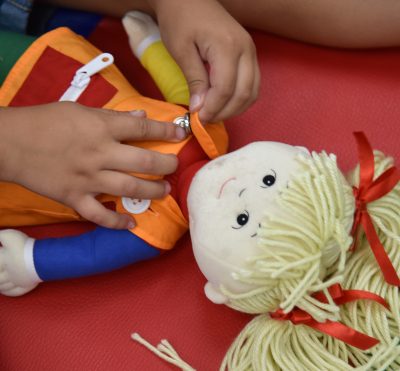
The Future Is Bright
Chinese sage Lao Tzu said, “The journey of a thousand miles begins with one step.” It’s impossible for society to anticipate the effect new inventions will have on people. All we can do is move forward one day at a time – one step at a time – whether we wear shoes with laces or not.
References:
http://content.time.com/time/nation/article/0,8599,1996883,00.html
https://lermagazine.com/issues/october/seeking-shoe-closure-laces-vs-alternatives